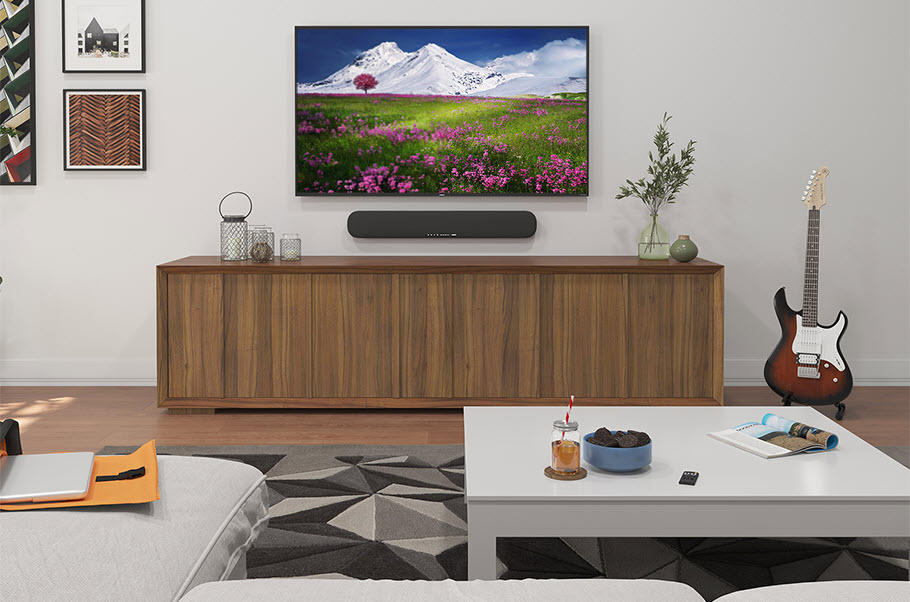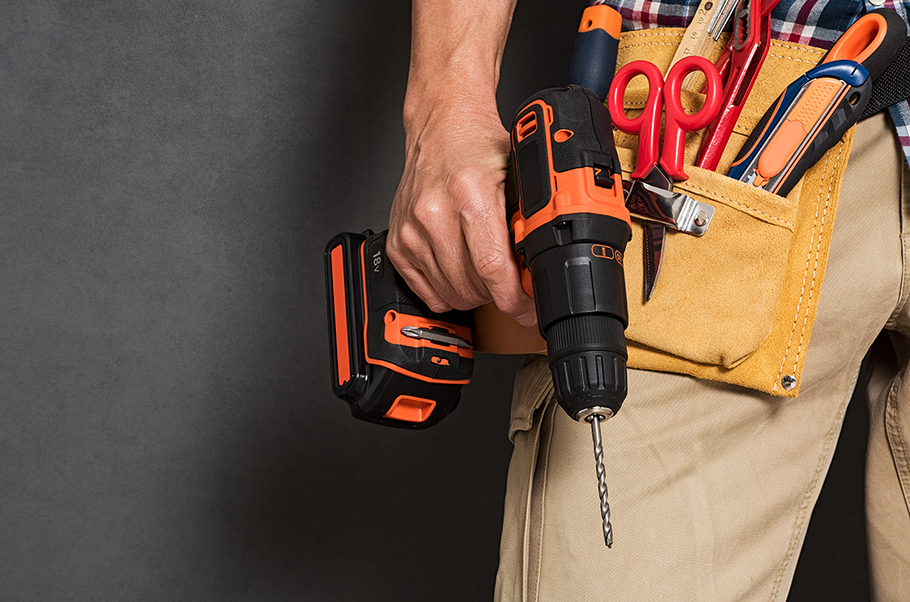How to Get the Best Audio from Netflix®
The popular streaming service ups its sound game to match its video quality.
Alfonso Cuarón’s black-and-white masterpiece Roma won the 2019 Oscar for Best Achievement in Cinematography, among many other accolades. But did you know that this visually stunning movie was also nominated for best sound mixing and sound editing? To hear why, watch this clip.
If you have the right setup, you can hear Netflix® streaming that same great audio in Dolby Atmos® — the three-dimensional surround sound technology used in movie theaters — right to your home theater. As we explained in a previous blog posting, Dolby Atmos is object-based, which means that individual sounds can be programmed to move around the room — even above and behind you —independent of the speaker configuration, thus creating a truly immersive entertainment experience. Netflix has been streaming Dolby Atmos since 2016, but the big news is their recent upgrade to streaming high-quality audio.
Netflix defines their high-quality sound as being “perceptually transparent,” meaning that at 768 Kbps for Dolby Atmos content, even though the sound is compressed to conserve bandwidth, you can’t tell the difference between it and the original source.
Netflix also adopted a strategy they use for video called adaptive streaming. With adaptive audio streaming, the bit rate of the audio is automatically adjusted based on the quality of the internet connection, and in a seamless way that avoids rebuffering. The result is better sound even when your network is struggling.
To enjoy the full benefit of Netflix’s high-quality audio and Dolby Atmos, you need:
1. Dolby Atmos content. If you have a Dolby Atmos capable system and a Netflix plan that supports streaming in Ultra HD, available titles will display this icon next to their description:

2. A Netflix streaming box that is Dolby Atmos-capable, such as an Apple TV® 4K. Alternatively, you can use any Dolby Atmos-capable TV that supports both eARC and Dolby Atmos audio with Netflix. (A list of compatible devices can be found here.)
3. A Dolby Atmos-capable AV receiver such as a Yamaha AVENTAGE model manufactured since 2017.
As the race for audience share heats up, content providers must not only offer new binge-worthy series and must-see movies, but also raise the quality of their streaming to make the in-home viewing experience rival that of the movie theater. Dolby Atmos’ three-dimensional surround sound puts you right in the center of every epic battle. In any competition between content providers, home theater enthusiasts are the winners!















